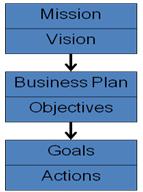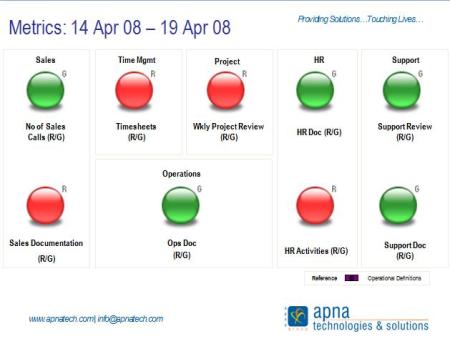Whenever I am going to spend a day with an NI Alliance Partner discussing how they are building their company, I like to start with the simple question. First of all, I want to understand who actually owns the business. In most cases, the owner(s) is the entrepreneur(s) who started the company and continues to work full-time at the company.
Ownership versus Management
It is often difficult for them to recognize the difference between ‘ownership’ and ‘management’. But, there is an important distinction.
-
Ownership is the legal right of possession of the business, including its assets and liabilities.
-
Whereas, management is the controlling and directing of the affairs of that business.
It is also important for the entrepreneur to distinguish between ‘running the company’ and the ‘business of the company.’ Often, someone starts an Alliance company because they are a LabVIEW developer. But as the business grows, he must realize that, as an owner/manager, his role is to build a company that develops LabVIEW applications. This is often a dilemma if they perceive that managing the company is simply a distraction from the work, in this case LabVIEW development.
The E-Myth – An Entrepreneurs’ Dilemma
There is an excellent book that helps to illustrate this challenge, called The E-Myth, Revisited. The ‘E’ doesn’t stand for electronics, but for ‘entrepreneur.’ And, the myth is the mental block that keeps him from seeing his business for what it is – and being able to grow it beyond his own limitations.
So, let me ask again, as an owner of a business venture, what is its purpose?
- Are you trying to create wealth and lifestyle for you and your family?
- Are you just trying to create a fun place to work? (and care less about the money)
- How important is it for you to maximize growth or profitability?
- Do you want to build a company that is ‘Built to Last’?

Your answer to these questions will greatly define the ultimate purpose of the business and how it should be managed. Here’s another way I like to get at the business purpose. Forget that you own a system integration company for the moment. Let’s just say that you are invested in an $XM business venture (could be a car dealership, a restaurant, ….)
Once you are clear about what you, as an owner, want and expect out of that business venture, then you can establish your guiding principles – the topic of my next blog post.




 Posted by Jack Barber
Posted by Jack Barber 

 There are a number of methods for determining a business plan. One of the common is to review
There are a number of methods for determining a business plan. One of the common is to review 
